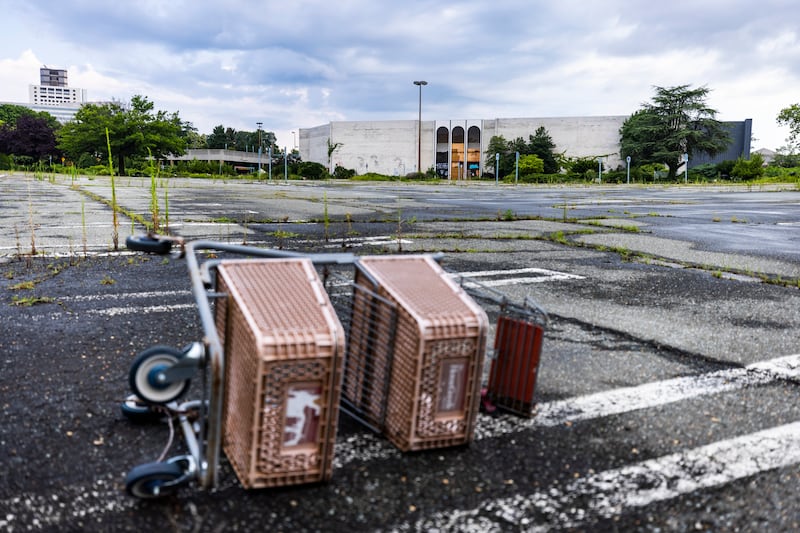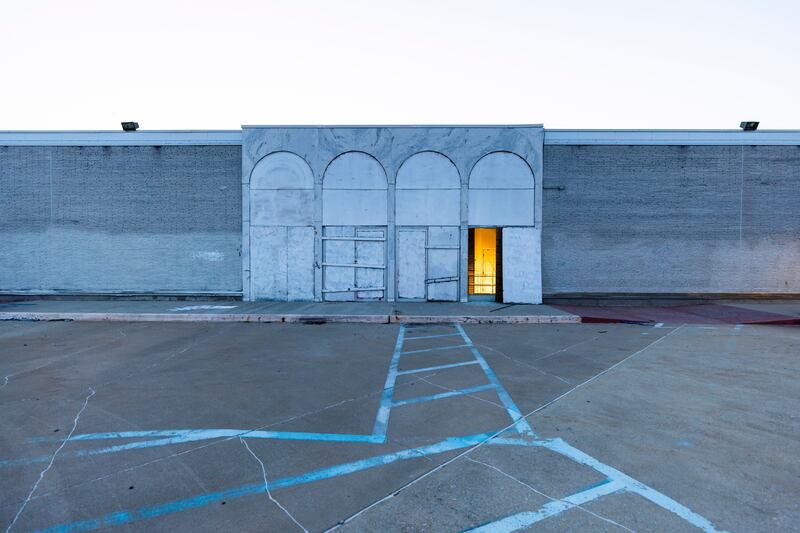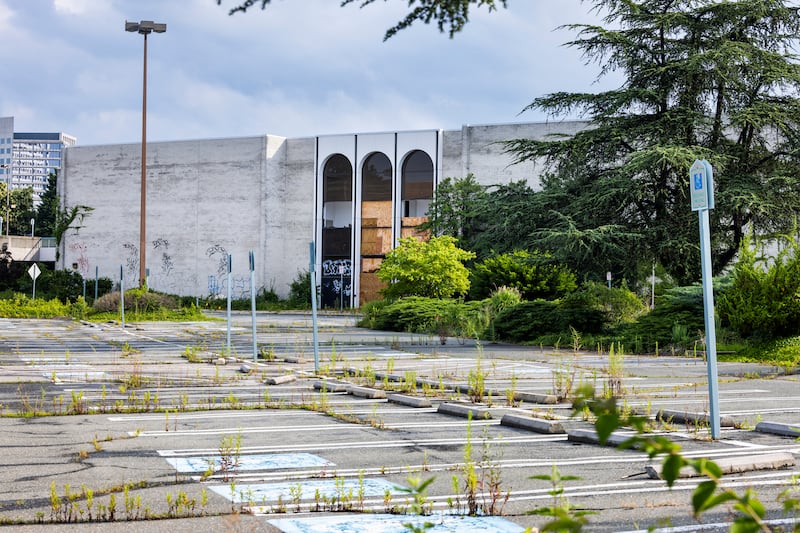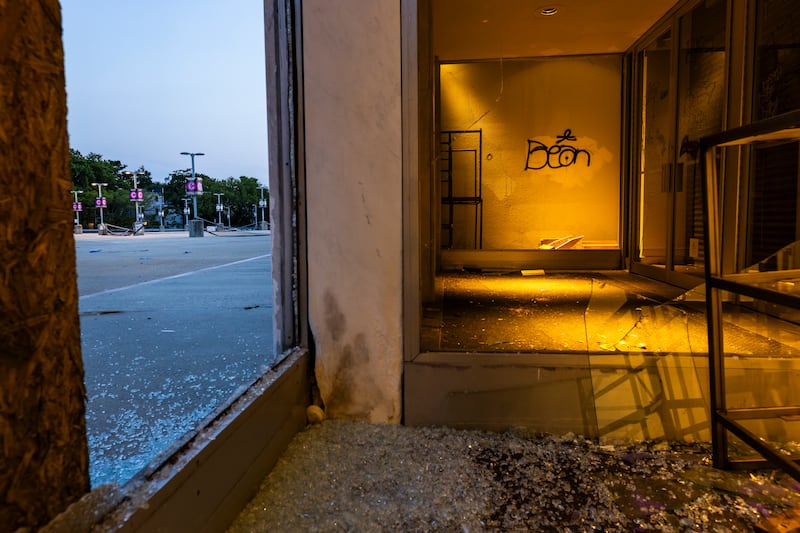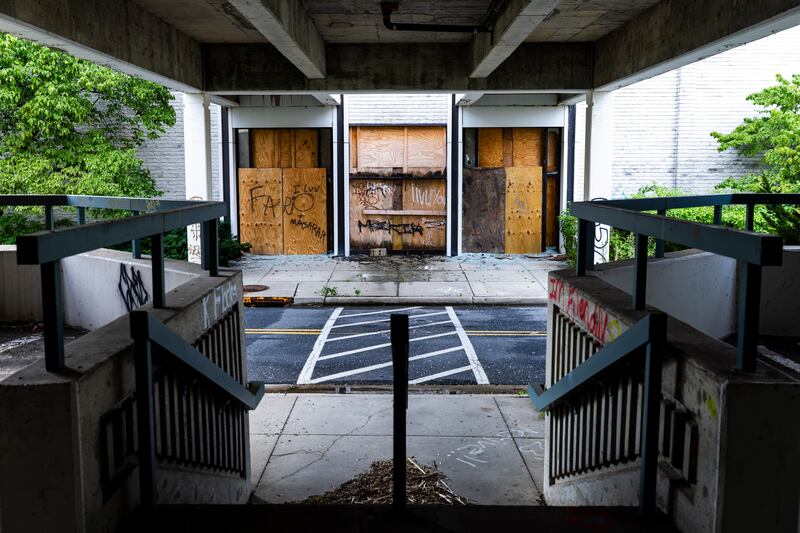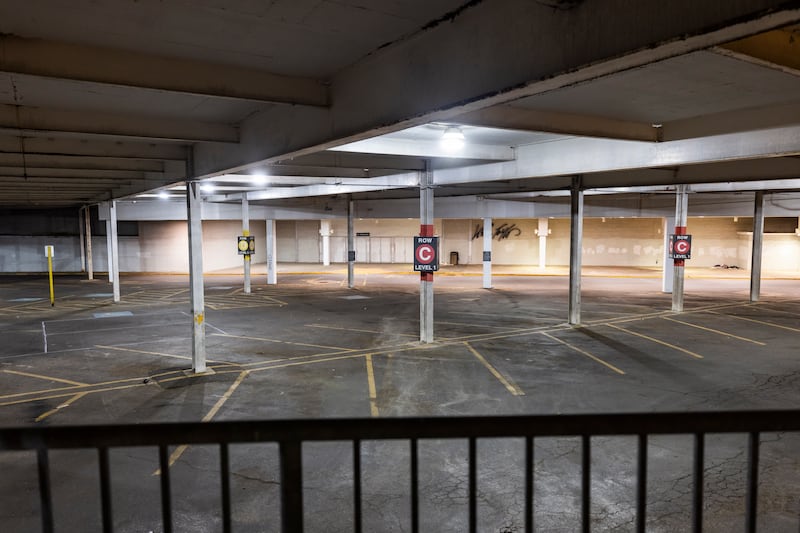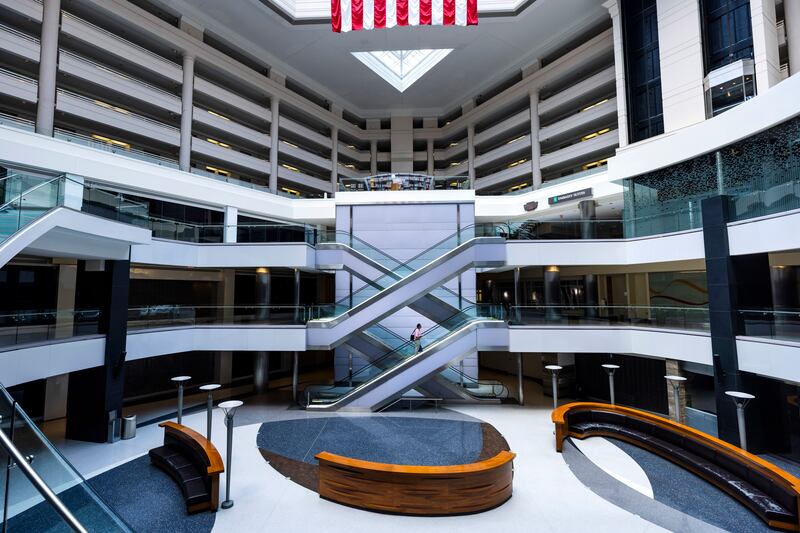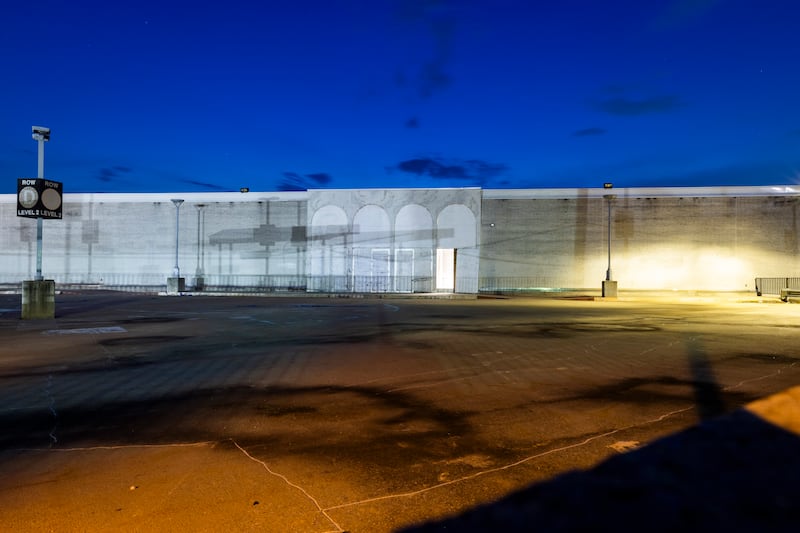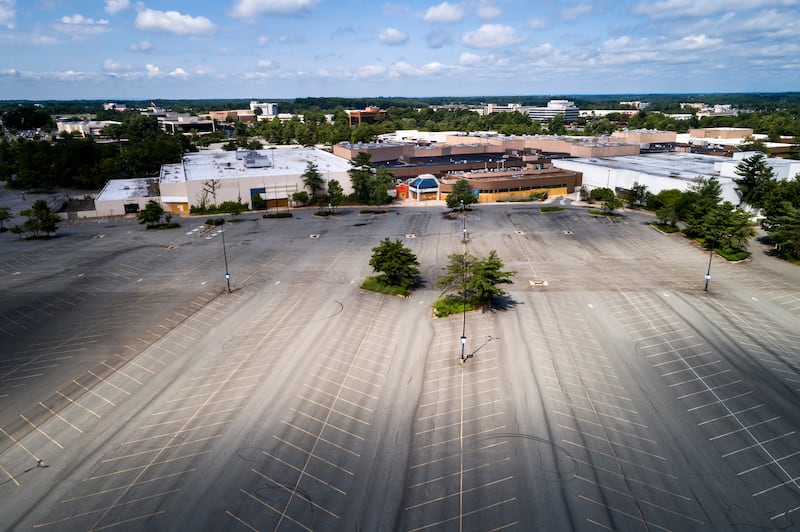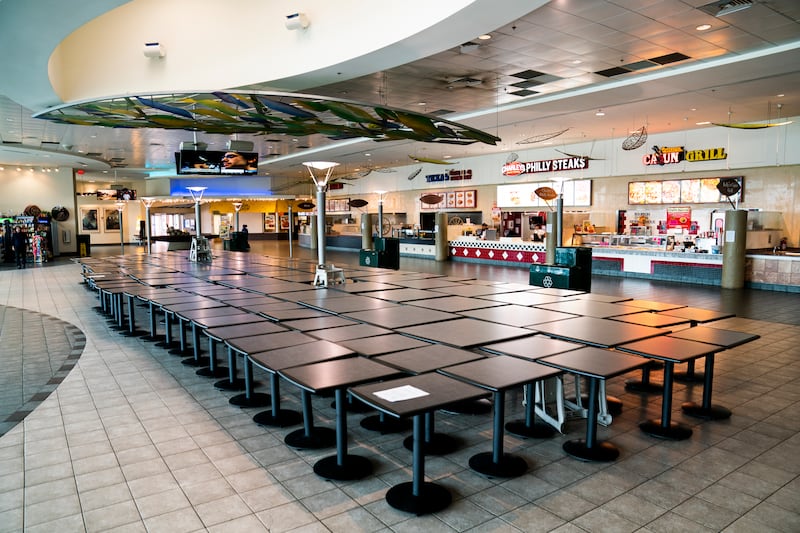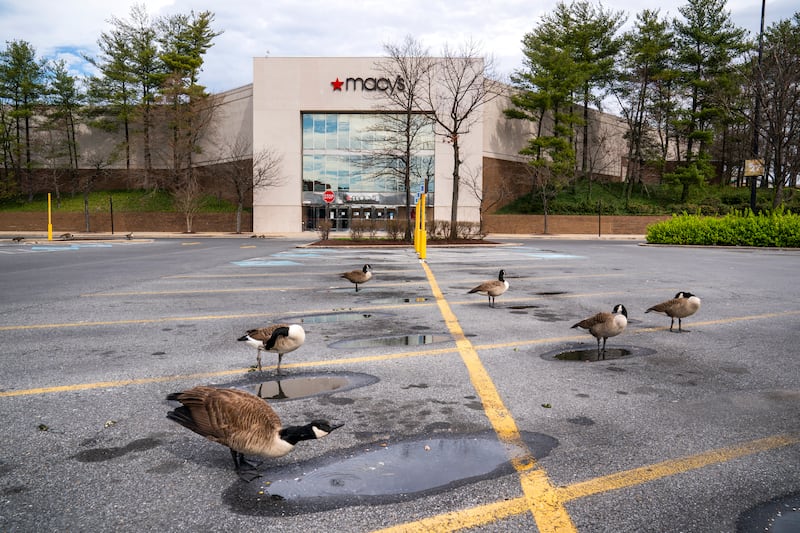Empty car parks, deteriorating interiors and abandoned infrastructure are signs of a depressingly growing trend in America: shopping malls closing, permanently.
Once bustling with shoppers, malls throughout the US are closing their doors as more people opt to shop online or cut back on spending altogether. This is creating what are being called “dead malls” – malls with high vacancy rates or a lower level of consumer traffic, or that are deteriorating in some way.
These enormous shopping spaces are now turning into ghostly reminders of changing consumer habits and economic shifts. The global pandemic also did not help matters.
In 2020, Coresight Research projected that 25 per cent of the country's approximately 1,000 malls would close up shop in the following three to five years.
White Flint Mall in in Rockville, Maryland is one such case. The sprawling three-storey mall that spanned 74,000 square metres was opened in 1977. It was initially anchored by Lord & Taylor and Bloomingdale’s department stores. But after shops in the mall began closing, leading to a decline in shoppers, it eventually shut for good in December 2020.
Lakeforest Mall in Gaithersburg, Maryland is another recent example. First opened in 1978, the mall covered 97,100 square metres and included an indoor ice skating rink and later a food court. But as more anchor retailers began to close, the number of shoppers began to dwindle. In March, the mall closed for good.
So what happens when malls are abandoned?
Some get a new lease on life by being repurposed as micro-apartments, fitness centres, offices or health clinics. Meanwhile, others are left in decrepit states until they are eventually demolished, with the space where they once were rebuilt as luxury housing or other shopping centres.
